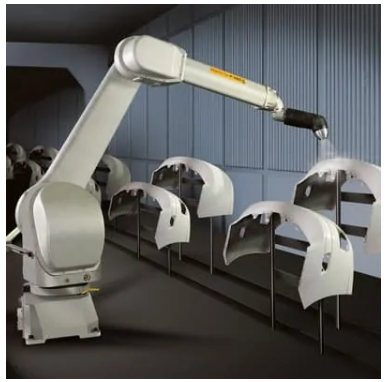Industrial surface treatments are an effective way to protect or improve the appearance of a variety of metals, making it a very versatile technique. The process involves a number of important steps.
Why treat metal surfaces?
Carrying out an industrial surface treatment can afford some useful benefits; for example, it can allow the metal to achieve a specified finish or colour and can be used as part of a metal recycling process. The European Commission has produced a more comprehensive description of all the uses and benefits of surface treatments.
If you want to find out about the kind of surface treatment services currently available, the best way is to consult a specialist such as https://www.poeton.co.uk/standard-treatments.

The treatment stages
First of all, a degreasing stage will take place in which a substance such as an alcohol solvent, petroleum or chlorine is applied to the metal surface to dissolve any impurities – such as dust – that may have accumulated due to handling the item or simply from being in storage. This degreasing stage is vital to ensure the metal surface is properly prepared for the next steps and prevents bubbles or other imperfections from being left on the metal surface. Deeper cleaning of the metal can be achieved by using sulphuric and hydrochloric acids, which strip back the top layer of the metal to ensure a smooth base.
Next, a galvanic coating of aluminium or zinc is applied to the metal, which will protect the surface from damage or the elements. Galvanic coatings can be applied via a hot dip, thermal diffusion, or an electroplating bath method.

Similarly, electroplating and electrolyte coating methods can be used to apply a thin layer of nickel, silver, gold, chrome, rhodium, copper, zinc or chromium to the surface metal. This approach is ideal for applications where resistance to corrosion is needed or where a certain coating appearance is desired. The plating takes place in a bath, with the item to be coated placed in an electrolyte solution before an electrical current is applied.


